How do you measure alcohol strength?
As part of the distilling evenings I regularly host, I realize that not everyone understands how the alcohol strength of a distillate is measured. We'll explain how in this article.
Basis: What is the alcohol content all about
To understand how alcohol content is measured, we need to look at what a distillate actually is: A spirit, or distillate, is a liquid mixture of water and ethanol. The ratio of water to ethanol corresponds to the alcohol content of the distillate. Up to that point, it's perfectly logical.
We are therefore analyzing a liquid that is essentially a pure alcohol-water mixture. Therefore, the following method only works with distillates to which no sugar has been added! The alcohol content of liqueurs, spirits with fruit extract, or spirits with sugar added cannot be determined using the following method.
But how can the alcohol content of a distillate be determined?
Density is what matters!
As we (of course) remember from chemistry class at school, substances have different densities. Density refers to the weight of a substance relative to its volume. For water, we know that it's approximately 1 kg per liter, or 997 kg/m³. But pure ethanol has a completely different density than water!
The density of ethanol is only 789 kg/m³. The fact that the substances have different densities is our key to determining the alcohol content of a distillate. You simply measure the density. For an ethanol-water mixture, this is always between 789 and 997 kg/m³ – the result tells us how much alcohol is contained.
But how do we measure density?
Measuring the density of a liquid is easy. You only need three things:
- a glass measuring cylinder
- an alcohol meter
- the distillate we want to measure.

What is an alcohol meter?
An alcoholmeter is bulb-shaped and made of glass. Its purpose is to float in the distillate, and depending on the density of the liquid, it will sink more or less deeply into the distillate. A similar principle applies: When ships travel from salty seawater to freshwater, they sink deeper into the water. (Saltwater has a higher density and pushes the ship upwards, whereas freshwater causes the ship to sink deeper.)
So that we can actually do something with the "depth" of the spindle, there is a scale printed on the spindle on which we can read the measured values.
Alcohol meters are calibrated for precise results at 20°C. Therefore, most alcohol meters have a built-in temperature display. Temperature also affects density: As the temperature rises, the liquid expands, thus decreasing its density!
If the spindle does not contain a thermometer, the measurement must be carried out at exactly 20 degrees.
And here's how it works:
The measuring cylinder is filled with the distillate (but not too full, because the alcohol spindle will also be installed). When filling the measuring cylinder, make sure the spirit slides in gently. If we pour it in like a rushing river, unnecessary air bubbles will form, which will falsify the result. (Air bubbles push the spindle upward.)
Then we place the spindle into the distillate in the measuring cylinder and let it float. The spindle should always be held only at the very tip, as our hands usually contain greasy particles. These contaminate the spindle and can falsify the measurement result. We should also not drop the spindle into the distillate, as this could break it.
Let it spin once
Then we give the spindle a little push to allow it to rotate on its own axis. This causes any air bubbles that are trapped on the spindle's surface to detach. If these bubbles were to remain, they would push the spindle upward and distort our measurement results.
Read correctly
Once all the air bubbles have risen to the top, which takes a few minutes, the measured value can be read from the spindle. This is the measured value at the liquid level. The liquid level bulges slightly upwards at the edge of the spindle, making it somewhat difficult to read. To get the correct reading, we need to read the value from below, not from above.


1. On the spindle
On many breathalyzers, the value to be corrected can be read directly next to the temperature display. For example, if we only have 15°C instead of 20°C, the thermometer will show us that the measured alcohol level needs to be corrected by +1.5.

2, Official alcohol table
Oh, I'm a fan of this book. The "Official Alcohol Table" is a 400-page collection containing seven conversion tables, including Table 1, which shows the alcohol content at any temperature. Here, too, we see: At 15°C instead of 20°C, we have a deviation of 1.5% vol.



3. App "Calco"
What isn't there an app for? There's even an app for correcting alcohol strength. "Calco" has become a permanent fixture in my smartphone app collection. Simply enter the data, and voila, you get the result. It also shows: At 15°C instead of 20°C, the measured alcohol level needs to be increased by 1.5.

For the exact result
To truly determine the alcohol content accurately, you need a correspondingly precise alcohol spindle. There are countless alcohol meters on the market that are only 30 cm long and can cover the entire measuring range from 0 to 100% vol. These spindles cannot be 100% accurate. To work precisely, you may need several large spindles, each covering a smaller measuring range, e.g., 35-55% vol, etc., or a calibrated spindle.
Good to know:
The alcohol content declared on liquor bottles must be accurate to +/- 0.3.
Our bestsellers
View all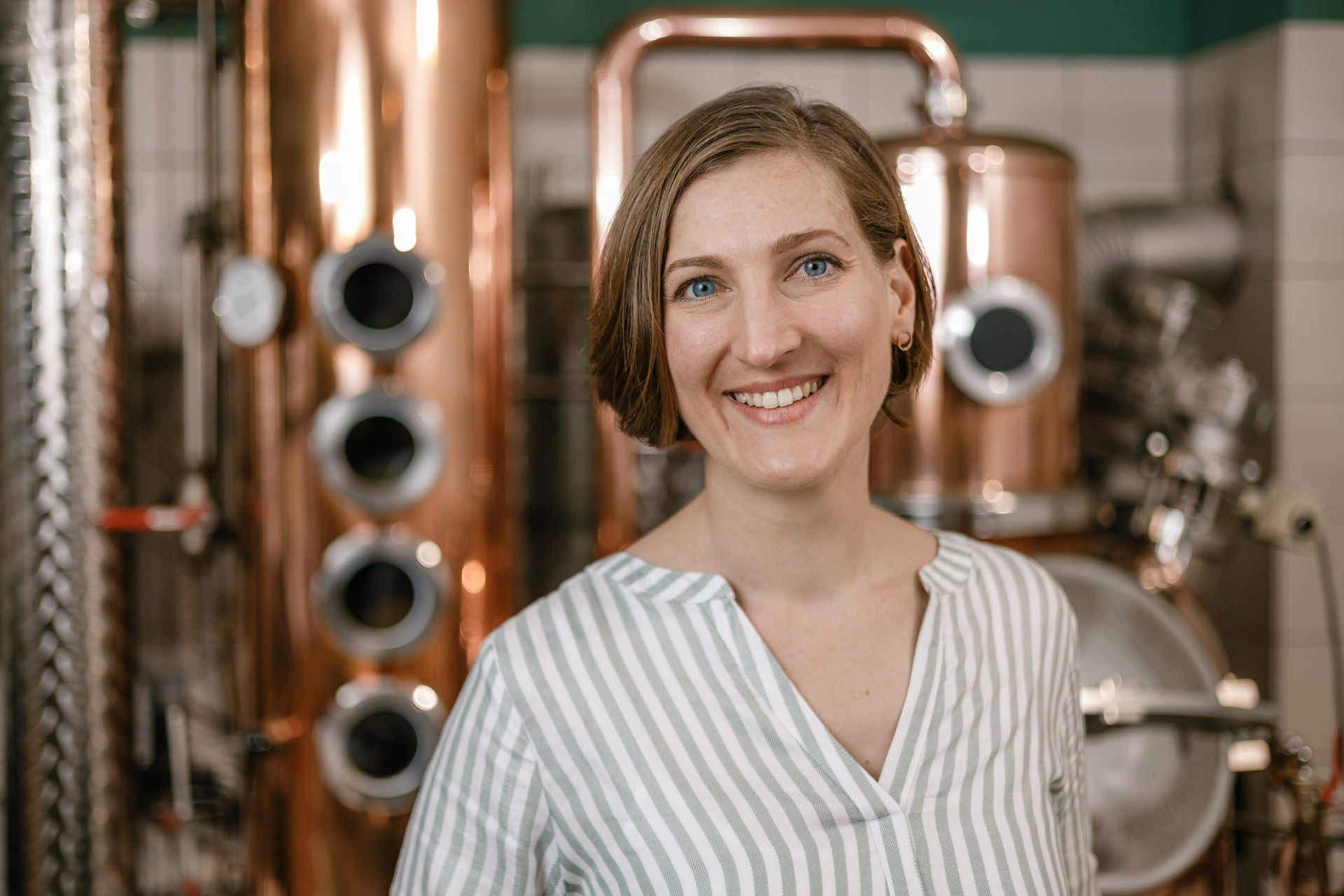
Author Andrea
Not only do I love distilling, but I also enjoy sharing my knowledge, experience, and passion. In my blog posts, I take you on a journey through everyday life at our distillery and on our small business. Of course, there are also drinks to enjoy along the way.



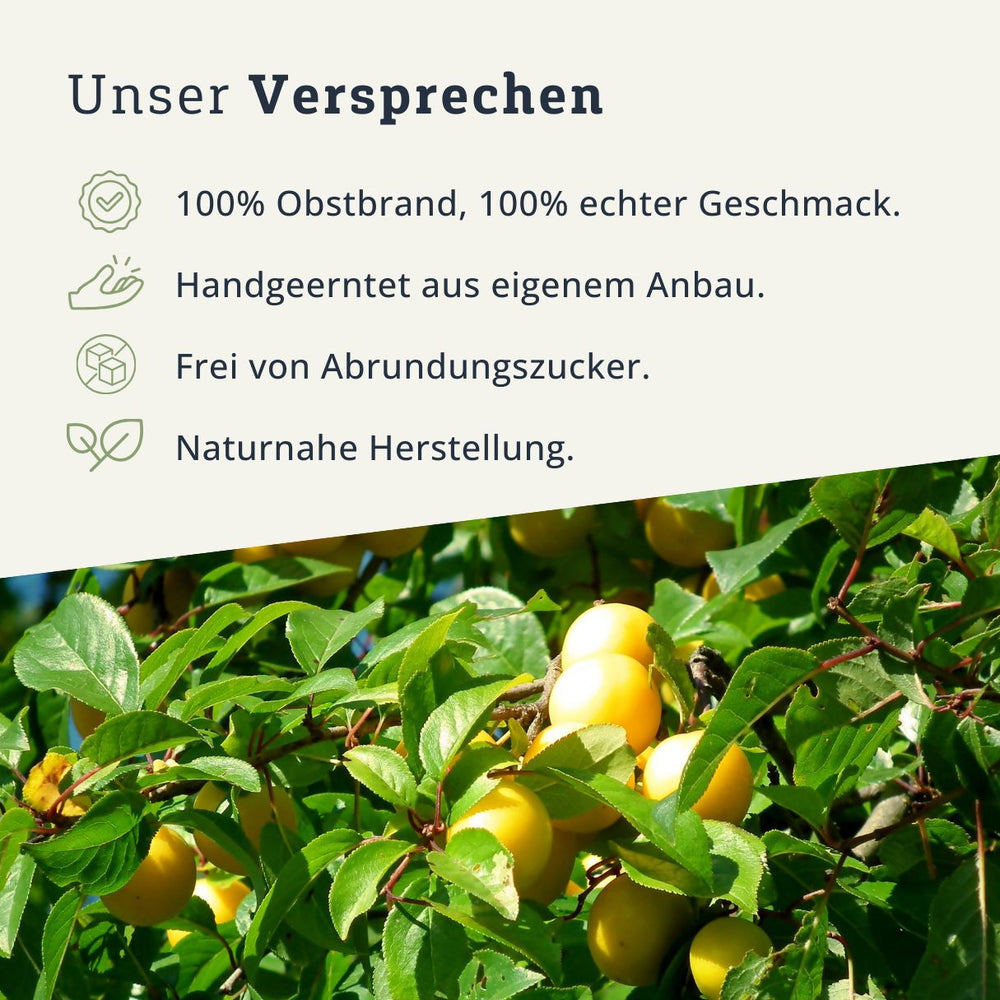

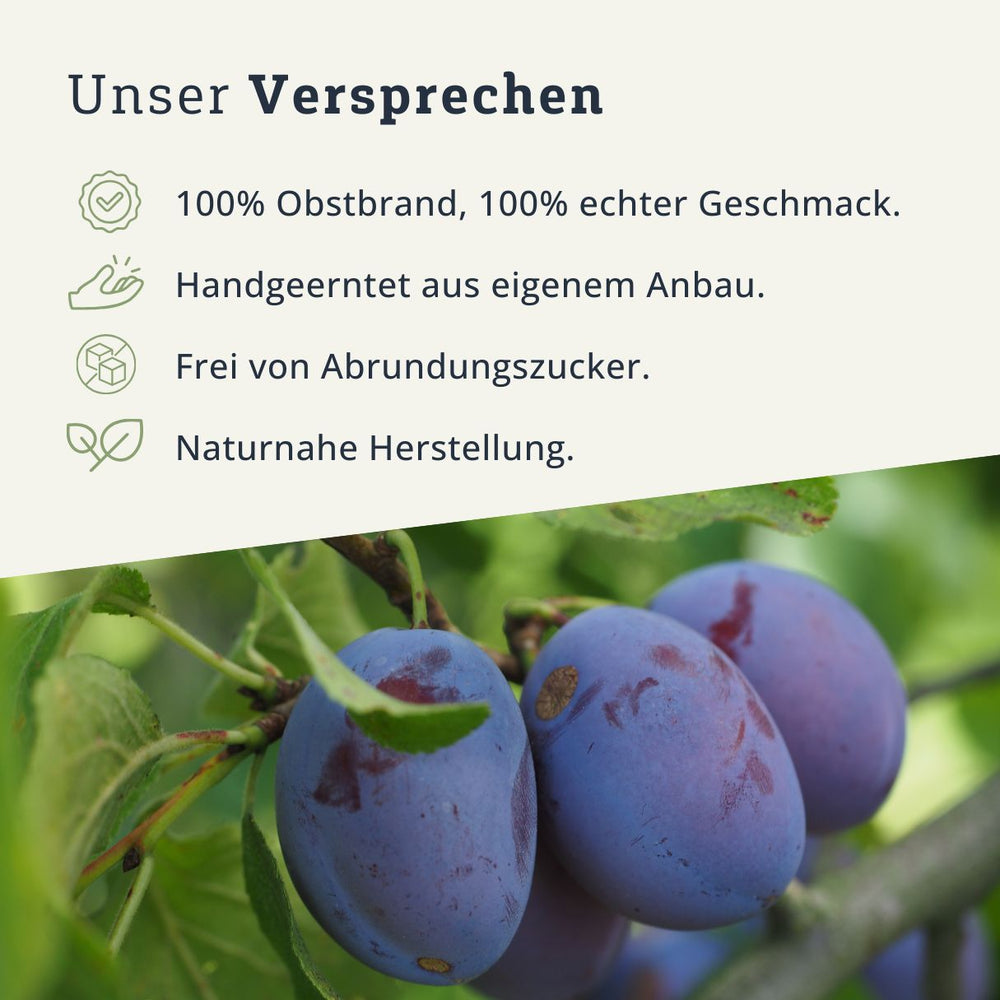

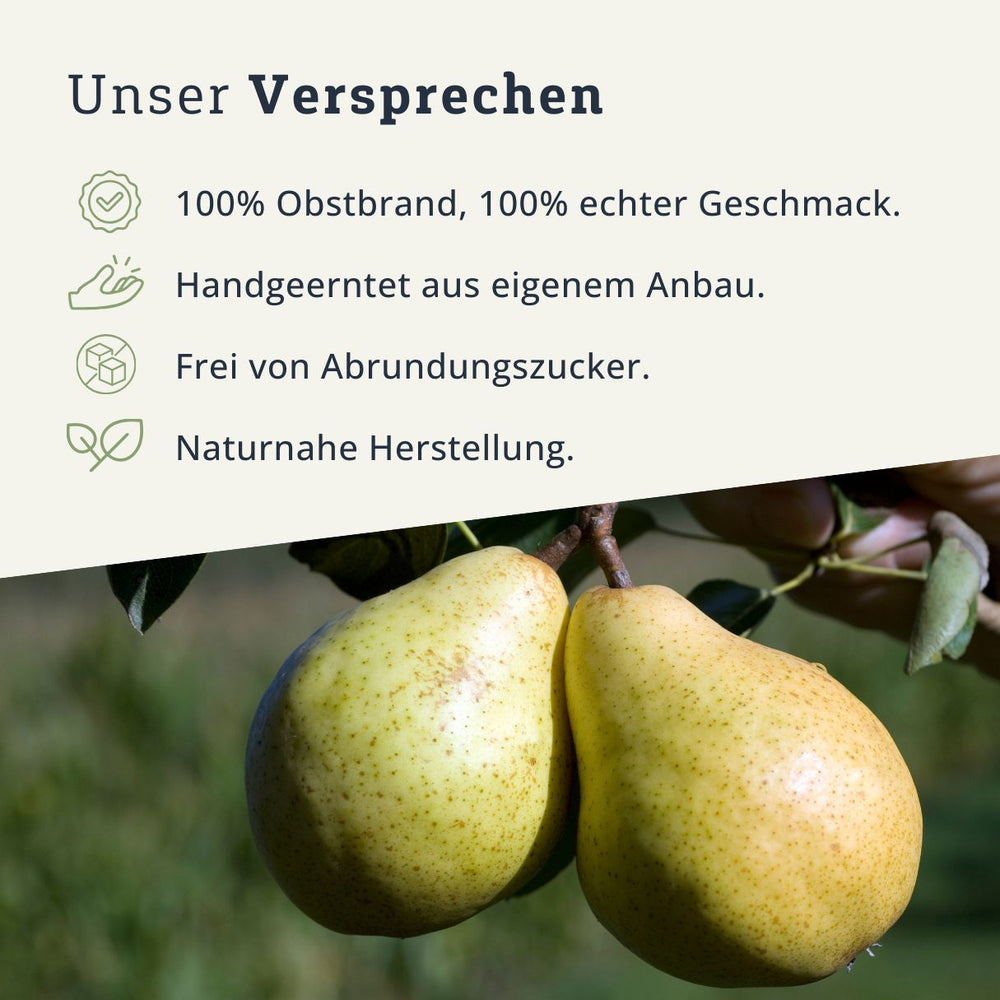
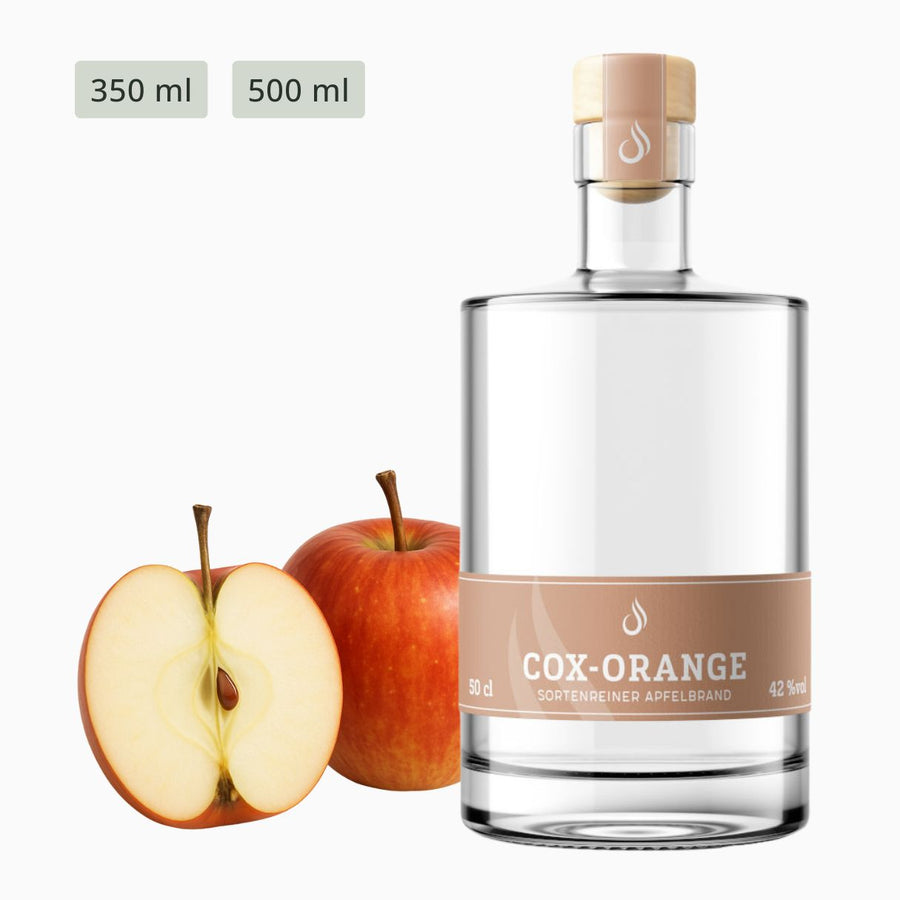
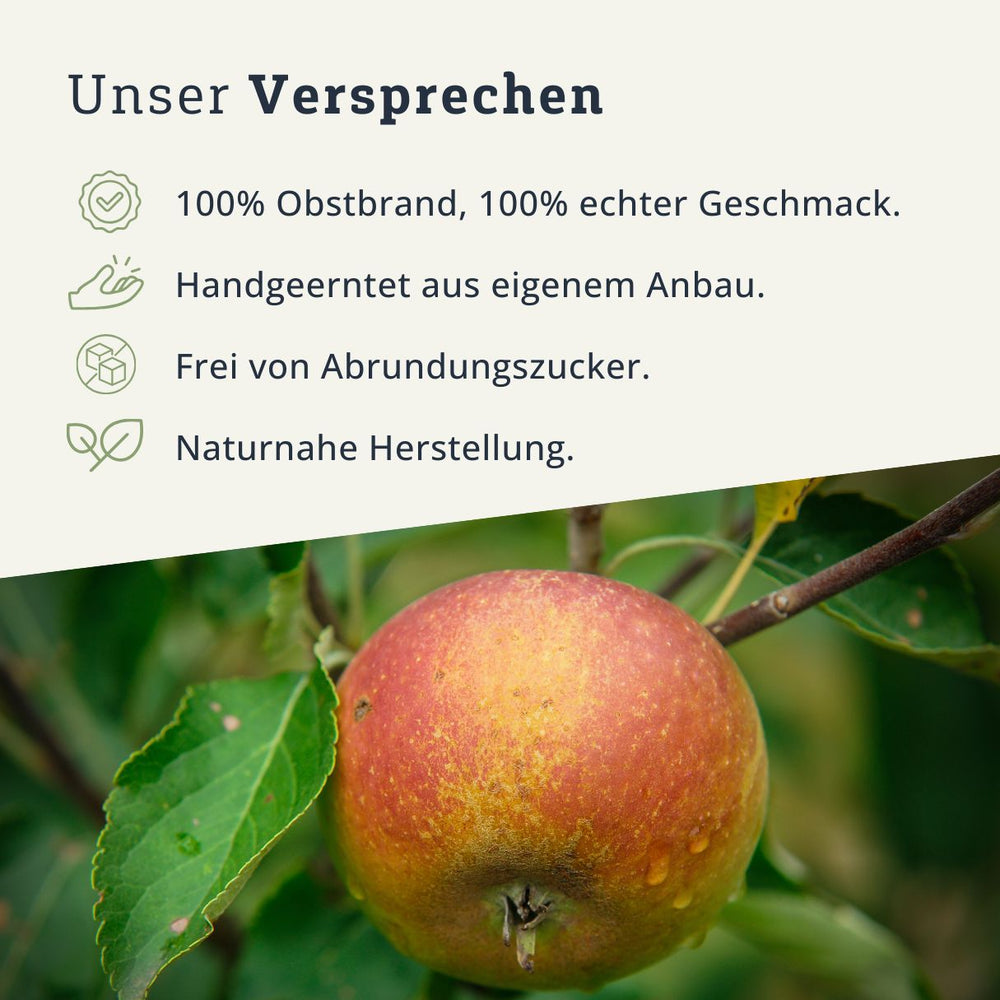


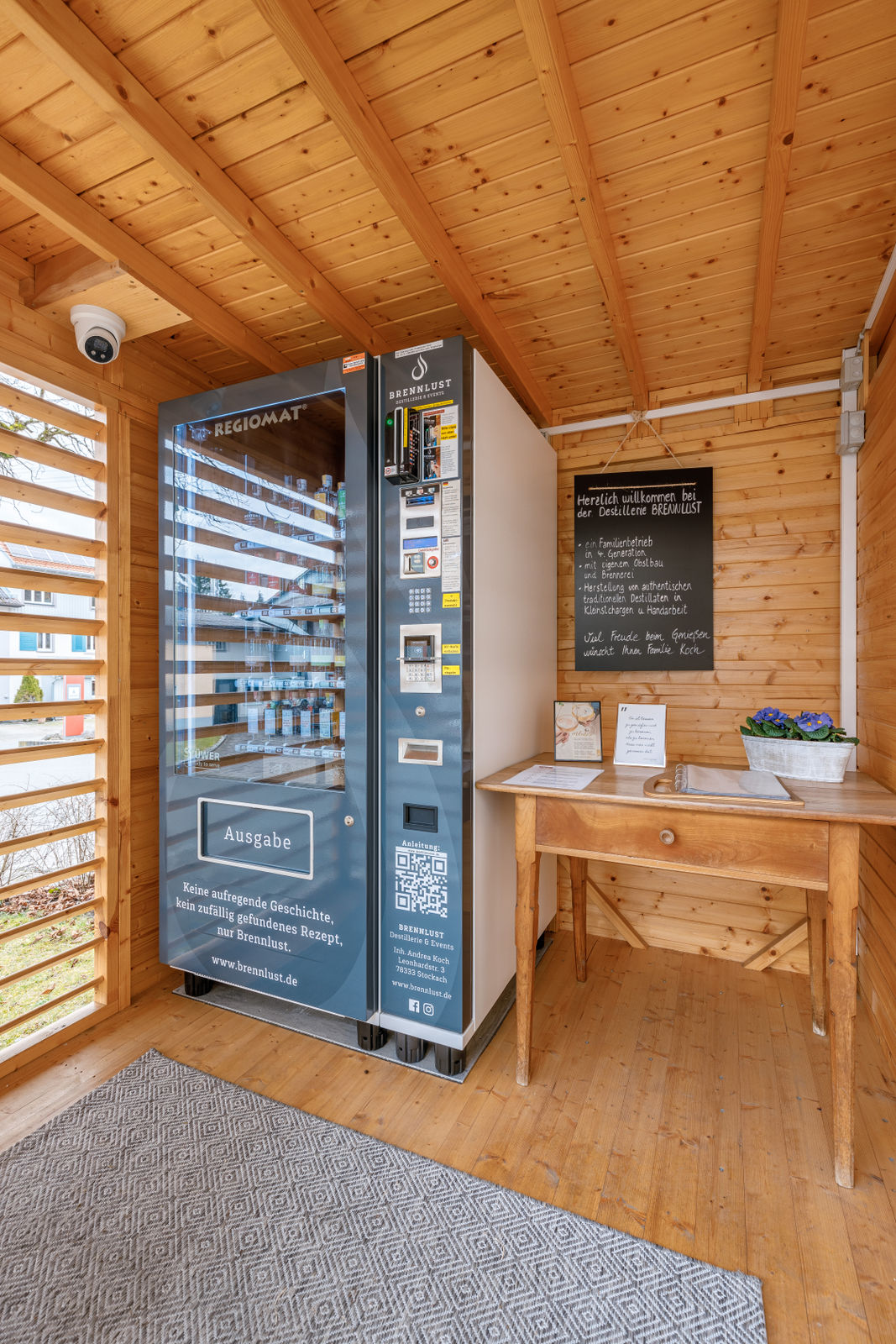
Leave a comment